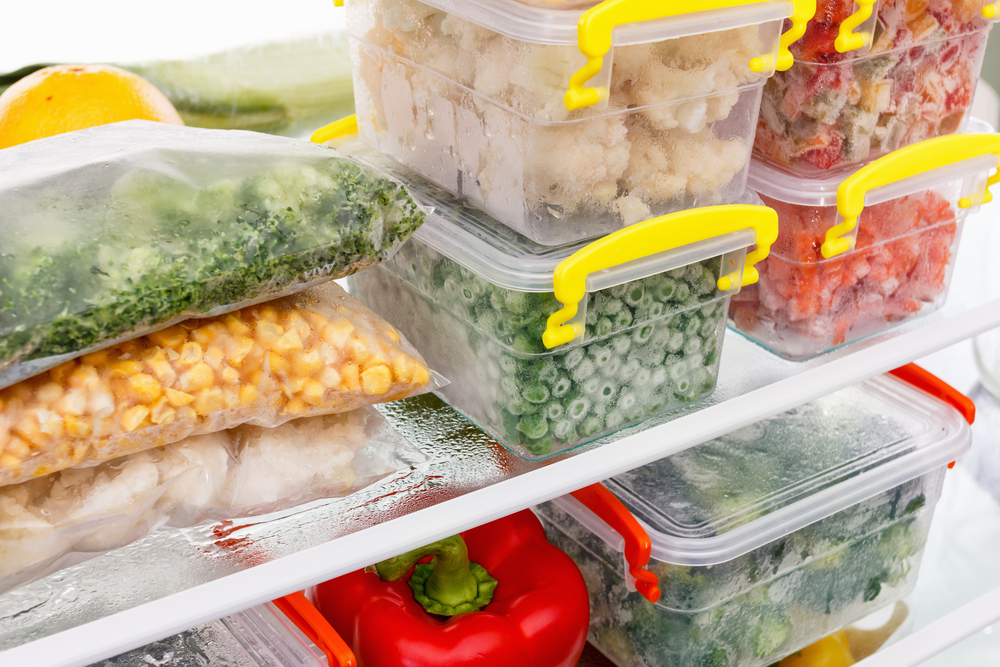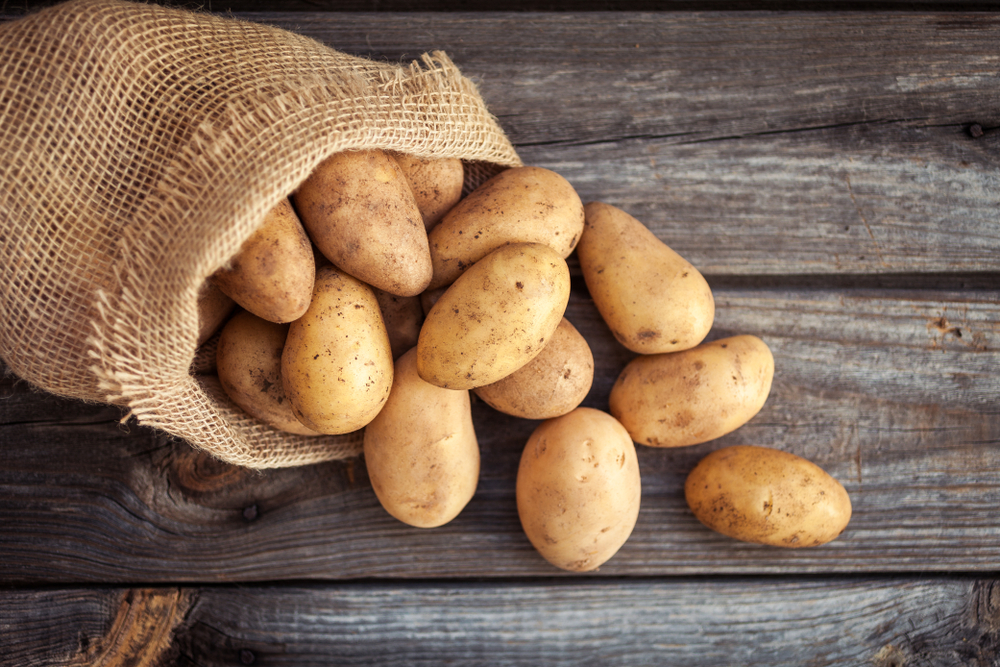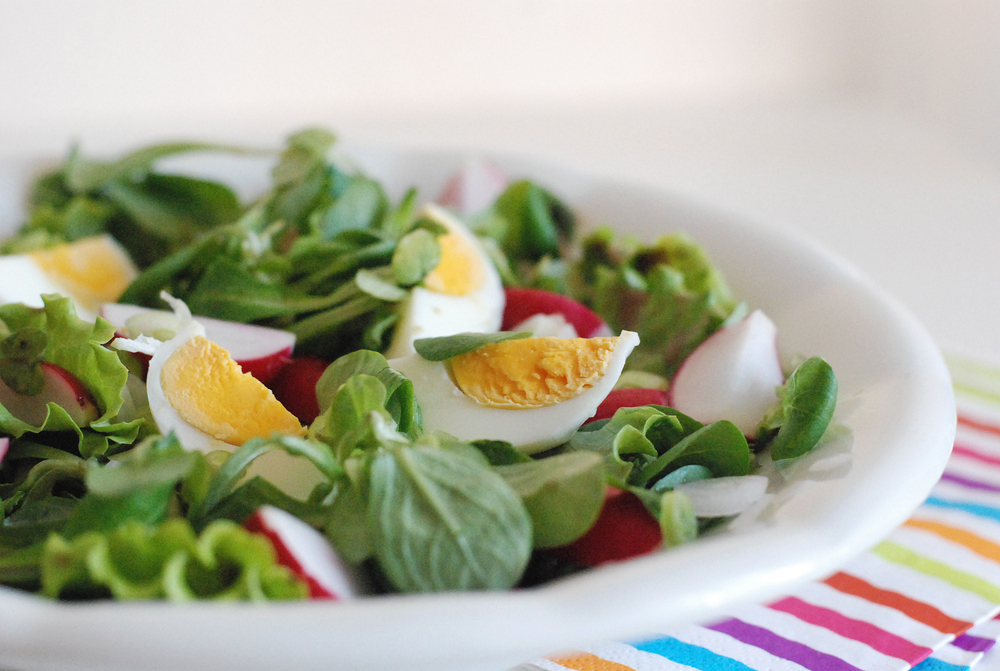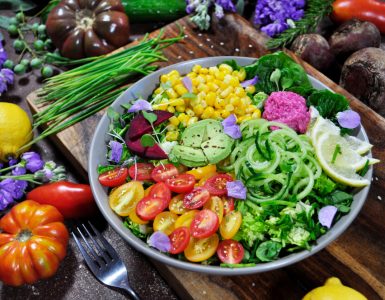Many people are still trying to limit shop visits while the more vulnerable still need to continue strict social distancing. So, food storage and keeping food fresh for as long as possible has become an important part of our everyday lives.
Clinical nutritionist Suzie Sawyer shares her top food storage tips.
The freezer is your friend
Many believe that food loses texture, taste or nutritional value after freezing, but this is not generally the case. Indeed, strongly flavoured, homemade dishes such as curry or chilli con carne taste even better after freezing and reheating. Also, you may not realise that fruit and vegetables are harvested and often quickly frozen, keeping most of their nutritional value intact.
Meat and fish freeze well but are better defrosted naturally in the fridge or at room temperature rather than in a microwave; such meals just need a little more planning ahead. However, it means you can stock up on some of your favourite meal staples without having to run to the shops all the time. Always ensure poultry is thoroughly defrosted before cooking, to avoid any potential food poisoning issues.

Milk can also be frozen easily and defrosted in the fridge. Likewise, hard cheeses are fine in the freezer, although many cheeses, especially Parmesan and some blue cheeses last quite a while in the fridge.
Interestingly, eggs can be frozen, not in their shells but raw; break them into a muffin tray or similar. Eggs do also keep for quite a while in their shells; always go for eggs with the longest shelf life when buying in the supermarket.
Allocate a dark space

People usually put all vegetables in the fridge, but potatoes and sweet potatoes keep much better in a closed cardboard box or in a cool dark cupboard. They can last up to two months stored in this way. Apples are the same; indeed, they are often left in a supermarket storeroom for many months. They just need to be kept cooler than room temperature and in a darkened, closed room. Likewise, onions respond well to this treatment.
Have a dry cupboard
Dried pasta keeps longer in a glass jar in a cool cupboard, even up to a year. Flour may not last quite as long, but again needs to be kept cool in a closed packet. White rice lasts much longer than brown, because brown has oil in its outer bran layer that goes rancid after a while.

However, both can also be cooked and frozen in individual portions and just defrosted as needed. Another store cupboard staple is quinoa, which has higher amounts of protein than rice and can also be cooked and frozen.
Be creative with salads
Clearly, salad vegetables, especially leaves, don’t last long in the fridge but salads can be made with other ingredients apart from leaves. For example, salad niçoise works well with tinned tuna, boiled eggs, and olives from the store cupboard.

Additionally, any beans (especially tinned cannellini) make a great base with chopped vine tomatoes, black olives, goat’s cheese and artichoke hearts in oil. Quinoa, which you may have previously frozen, is a great lunchtime salad dish with red onion, feta cheese, coriander, mint and lemon juice.
Bag yourself some Tupperware
If you’re struggling to find bases to match lids in your slightly care worn collection of Tupperware, then now’s the time to treat yourself to another set or two as it’s going to come in mighty useful at this time. These airtight pots (the supermarket equivalents are also great) will encourage you to cook greater quantities and then store for the next day or two, avoiding frequent trips to the shops.

Even dishes such as poached salmon with roasted vegetables can be cooked and eaten for dinner and then for lunch the following day.
If you try and plan your meals for a week (or more), once you’ve done the shopping or ordered online, you won’t need to visit the shops so often. And it helps you to become creative with leftovers too!
























Add comment